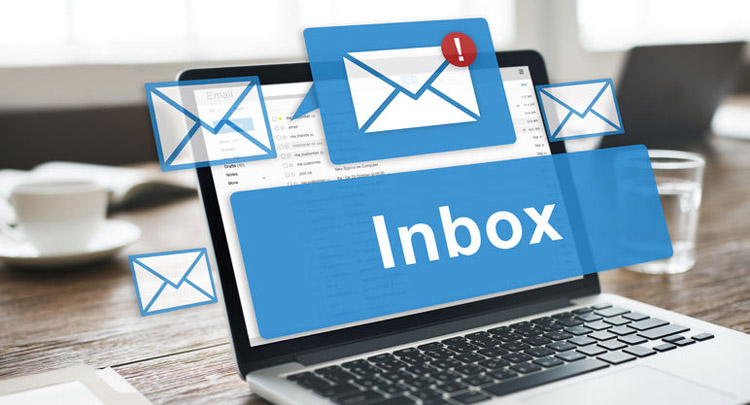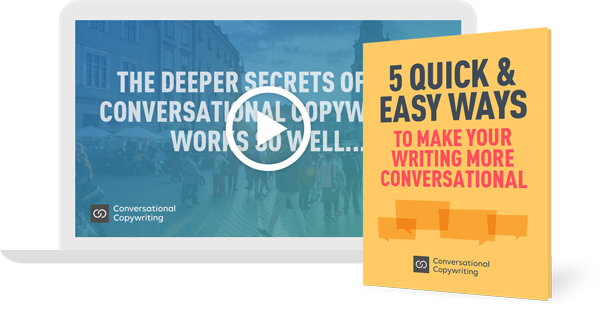
Email has been around for longer than the web itself.
I remember sending my first emails way back in the late 1980s.
Funny thing though. Online pundits keep telling us how email is going to disappear. Eaten by the web, made obsolete by texting, made irrelevant by messaging apps.
And yet… email is still going strong.
More amazing still, it still functions in pretty much the exact same way as when the SMTP, POP3 and IMAP protocols were formalized back in 1995.
Everything else online changes at warp speed… but email and its functionality remains the same.
No wonder marketers love it. It’s easy, and familiar.
But, as with all online media, email can be used badly or well.
When it’s used badly, email has all the appeal of a piece of cheap junk mail dropping through your mail box at home. All noise and no engagement.
But when email is used well, it’s often when the intent, tone and voice are more conversational.
And there are some good reasons why the conversational approach is such a good fit with email.
Reason #1 – Email is a conversational medium, by definition
Forget about all the promotional emails that arrive in your inbox each day, and think about the emails you receive from family and friends.
Those emails are written in an open and conversational style. They’re from people you know. It’s as if you were talking to one another, but through email.
This is what email has always been about, right from the outset.
It’s a place where you can carry on a conversation, back and forth. Like old-school letter-writing, but faster and easier.
Of all digital media, email is the place where a conversational tone and pace fits most naturally.
Reason #2 – Receiving a SERIES of messages via email feels normal
As every marketer will tell you, it takes a series of messages to convert most prospects into buyers.
People rarely take out their credit cards after reading your first sales pitch. You need to reach out and touch them 6 or 7 times before they’re ready to buy.
This makes selling through a sales page on your website challenging, because people aren’t going to come back and read the page multiple times.
And if you’re trying to sell through social media, the streams move so quickly, it’s hard to attract and hold someone’s attention for long enough.
But email is different. And better.
So long as you do a decent job, you can reach out with a sequence of messages.
You can use a natural, conversational style to build your sales pitch over a series of emails, until your reader feels ready to buy.
Reason #3 – Conversations get better with the occasional pause
The best conversations include pauses.
These pauses give each person time to sit back and reflect on what the other person just said, before replying.
Rapid-fire conversations tend to be less valuable, because nobody is really listening. Nobody is given the time to pause and think.
This is another reason why following conversational patterns of communication through email works so well.
Send out one email, and then give people time to pause and reflect on what you said. Send another email the next day, maybe referencing the first.
Conversational copywriting leverages the power of pauses. Because pauses are a natural part of real conversations, and they allow for deeper levels of engagement and trust.
Email and conversational copywriting are a natural fit.
People don’t much like hard-charging sales pitches in their email inboxes.
That’s why they have junk folders and spam buttons.
But when you slow down, and take a more conversational approach, you’ll find your sales messages are fitting in more naturally.
And that’s why conversational copywriting is such a natural fit for email marketing.
